Strawberry ash application
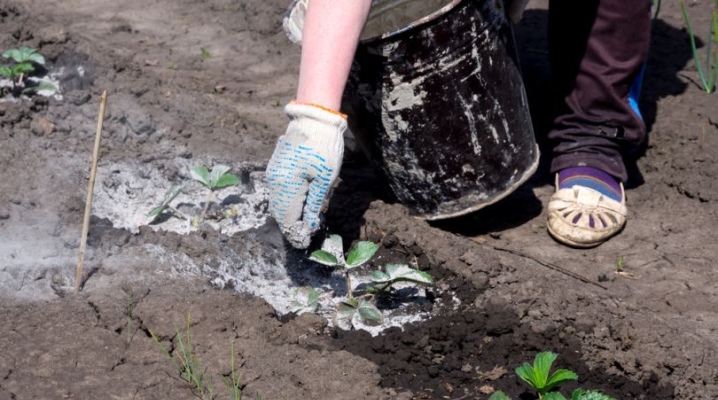
Ash is the most readily available mineral for fertilization. Forming an alkaline environment when dissolved in water, it reduces the acidity of the soil. Ash is an effective mineral supplement for many garden crops, including strawberries.
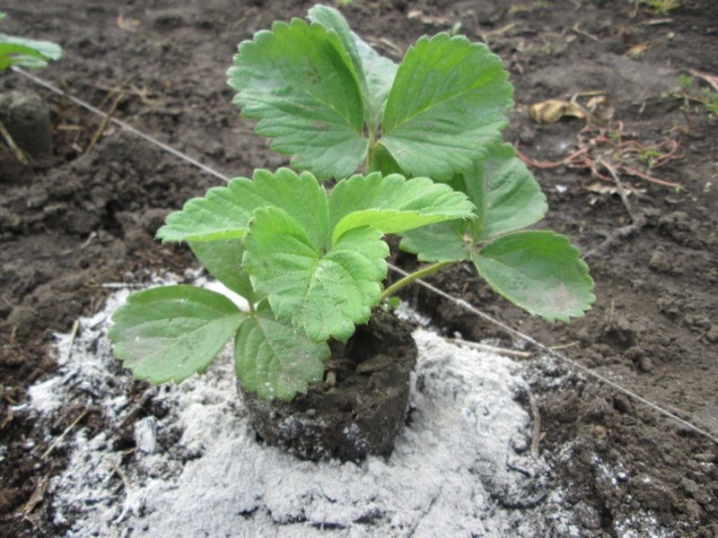
What is good for strawberry ash?
In addition to regular watering and loosening, strawberries are sensitive to proper feeding. Along with poultry manure and compost components, ash is also used for fertilization. To get it, the wood is burned completely - all the coals must finally burn out. Ash allows you to get large, juicy and sweet berries.
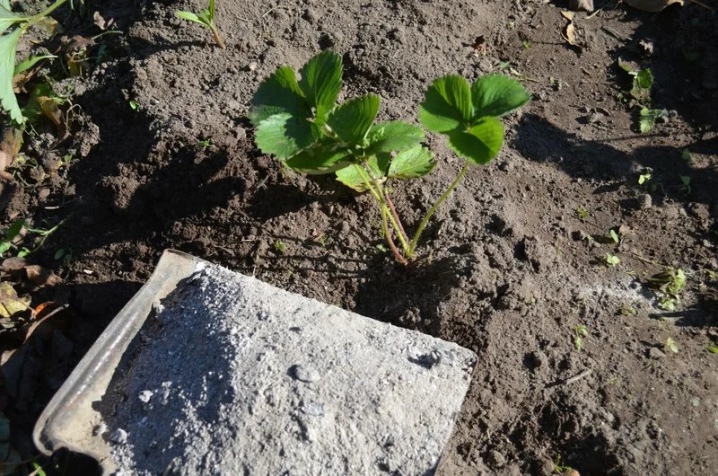
Ash contains a whole range of macro- and microelements: potassium, calcium, phosphorus, iron and manganese, silicon, boron and carbon (the remains of unburned coal), sulfur and other ingredients, without which cultural plantings cannot grow on time. Thanks to them, freshly planted strawberry bushes take root faster, give a mustache for the formation of new bushes. Ash substances make it possible to form more flowers. Ash components, being 100% natural, are easily assimilated by plants.
Mineral substances increase the chances of strawberries to successfully winter under a thick layer of snow during frosty periods, when the temperature in the morning can reach -20 °, therefore, ideally, feeding is best done during the entire growing season (growth and development time in the warm season).

The resistance of strawberries to pest damage is also noticeably increased - they, in turn, prefer to bypass the ash powder. Ash increases the intensity of enzymatic processes in the set fruits, promotes the accelerated exchange of mineral and organic substances in the aboveground and underground parts of the bushes. The water and mineral balance of plants is leveled. The result is an attractive glossy appearance of fruits, stems and leaves, their large size, juiciness and ripeness of ripe berries.
Ash should be stored for no more than 4 years. During this time, it should not come into contact with water, it should not be saturated with moisture - water is a solvent in which some elements react at room temperature or in the cold. As a result, salts are formed that are not useful for strawberries, strawberries and other similar (and not so) varieties.
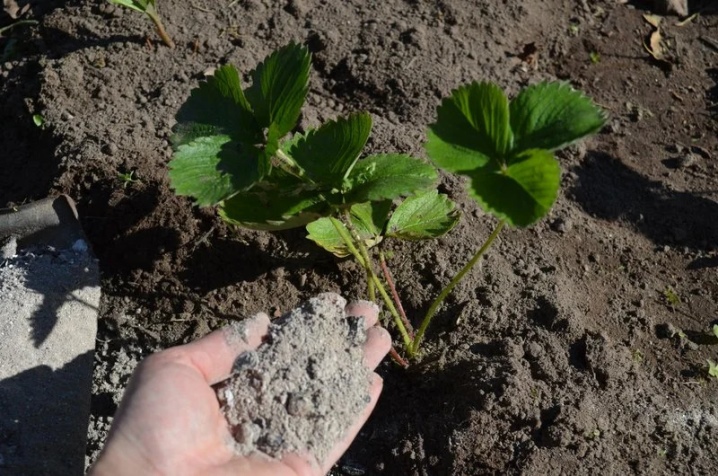
How to make a solution?
Ash-based feeding solutions are versatile in their own way as a type of fertilizer. The ash solution is suitable for many berry and vegetable crops, as well as fruit trees. To prepare the simplest solution, do the following:
- Pour water into a 10 liter bucket;
- add a glass of wood ash to water and stir;
- water each strawberry bush under the root.
Ash solution is the basis of compost fertilizer. The minerals contained in the ash accelerate the formation of nutrients in the compost - inorganics combine with organic matter and form organic salts that are useful for crops. The consumption rate is no more than 0.5 liters per bush, a larger amount will not go to the bushes for future use.

Dry ash can be sprinkled on each bush. Dusting the bushes with it completely is the fastest way. Ash can also be applied under the root, and to prevent it from blowing out by the wind, the earth at the root outlet of the bush is mixed with the ash composition. For accelerated penetration of ash ingredients to the roots, ash is added immediately after rain.So that the ash - in its pure form, it is light, like down, dust - does not scatter to neighboring beds or be blown out even by a light wind, the bushes are watered again to nail it to the ground. Pollination with strawberry ash does not cause painful burns in it, the substance is washed off without consequences with water, although ash diluted in water is an alkaline medium.
After watering, the bushes will regain their former purity, and the ash components will be absorbed into the soil.
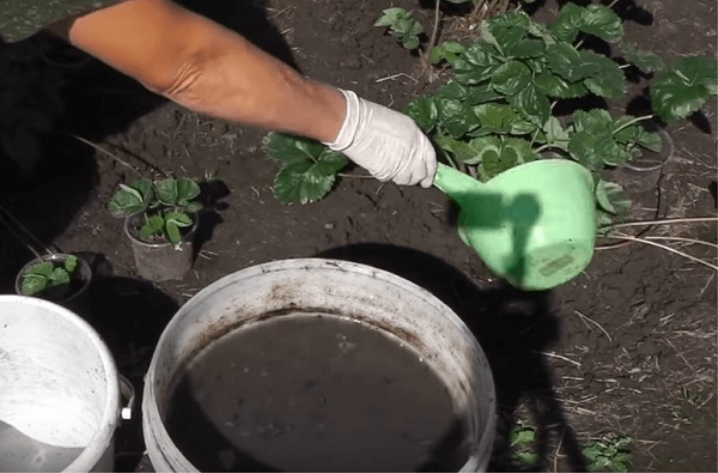
Chicken droppings can be added to the ash. It should be infused for at least six months: urea and uric acid contained in excrement lead to premature death of the roots. To prepare fertilizer for poultry manure, do the following:
- add a liter of dung infusion to the ash solution (bucket);
- put it to infuse for another 10 days, during which time the excess of uric acid will noticeably decrease.
Consumption rate - up to 0.5 liters of solution per bush. If ash is mixed with nitrogen-containing fertilizers, where the nitrogen content is significant, then an excess amount of ammonia is synthesized, which the berries cannot stand. Ash and nitrogenous fertilizers are not used at the same time.
An overly alkaline soil is a contraindication for ash feeding. Pouring a high concentration solution into such a soil will lead to significant salinization. In the resulting conditions, the berries will not fully grow and will not ripen. In the soil where acid-loving crops are grown, it is undesirable to grow strawberries - they do not like over-acidified soil.

When and how to use for feeding?
The introduction of ash ingredients into the soil where strawberries grow is carried out 3 times a year:
- before flowering;
- after harvest;
- in late autumn, when the strawberries are ready to enter dormancy.
When landing
You can feed the strawberry bush when planting in April, when the shoot (shoot) has just started to grow, you can. The mustache transplanted after harvest, which has taken root and gave a new aerial shoot, is also fed with a small amount of solution. It is strictly forbidden to transplant flowering and fruiting bushes - this can destroy part of the crop. During these periods, the young plant absolutely does not need the stress that it will receive when it is planted in a new place.
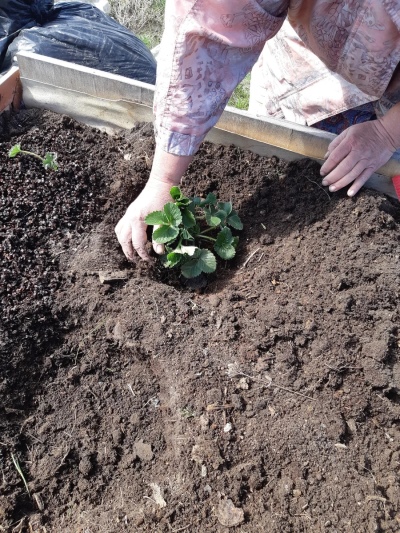
During flowering
When blossoming flowers appear, strawberry bushes are sprayed with an ash solution with the addition of a small amount of zinc and bromine (it is possible in compounds). At this stage, the development of lesions of stems and leaves by a fungus, an early invasion of hordes of some pests are prevented. The growth of existing and new shoots is noticeably accelerated.
In the spring, feeding allows strawberries to enter the stage of rapid growth faster and more actively. And this, in turn, increases the yield of strawberries, regardless of its variety. In addition to ash, in April, after a week or two, nitrogen-containing compounds are introduced. Fertilization is recommended immediately after the last snow has completely melted. These days, it is worth putting things in order in the beds, partially raking off last year's mulch and rotten leaves that have fallen from the trees in the fall, in order to speed up the heating of the soil in the sun.
When flowering, the need for nutrition increases sharply - strawberry bushes should not starve. Late with feeding is punishable - the harvest of berries will turn out to be much more modest than originally expected.
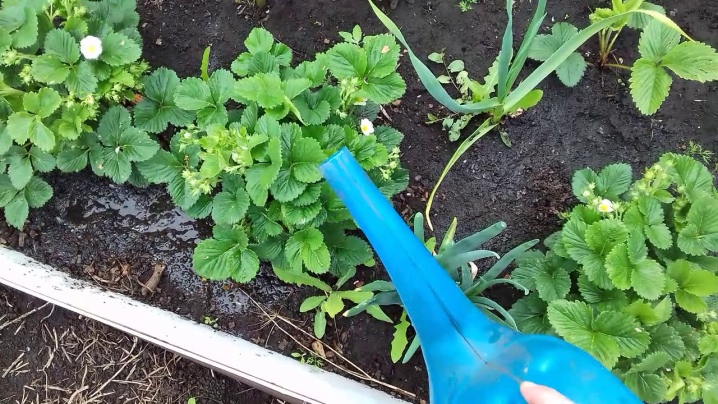
During fruiting
Inorganic fertilizers are replaced mainly by organic fertilizers at the end of May, in June and July. The first harvest of any variety is the largest. Then the fruits are set and ripen noticeably less actively. To provide yourself with berries in the same volume as in the first harvest, you need to feed the strawberries again thoroughly. Your assistant is compost or chicken droppings. If you have access to a mullein, then that, in turn, will be a good addition to the droppings. The use of additives that are not characteristic of a particular segment of the growing season will lead to an increase in the content of nitrates in berries.
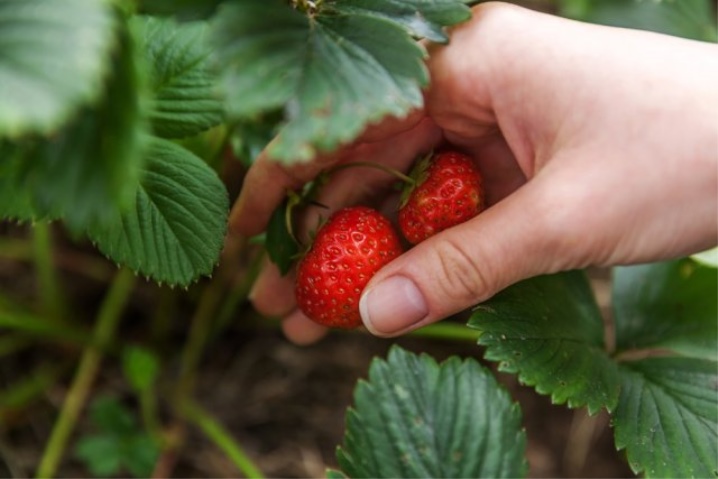
After harvest
Strawberries, like strawberries, are depleted after harvesting ripe berries.But the growing season is not over - shoots, leaves continue to grow, the bush is still putting on new whiskers. If fed, it will easily survive the winter. In July, when the bushes no longer produce berries, you can fertilize with ash and organic matter. In this case:
- put 3 kg of chicken manure in a bucket;
- pour the manure with water and let it brew for 3 days;
- dilute a bucket of the resulting infusion with water in a 1: 3 ratio;
- spill each strawberry bush with this composition.
Consumption rate - no more than a liter per bush. You can also add 10–20 g of droppings or mullein under the bush, burying it to a depth of 10 cm, taking care not to damage the roots.
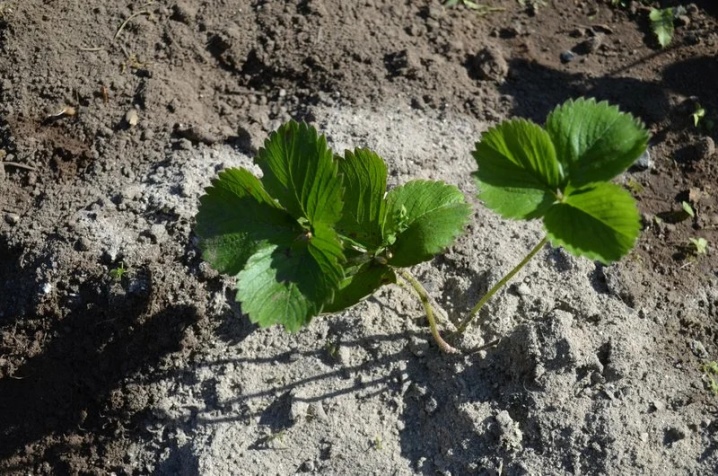
How to use against pests and diseases?
Ash-based iodine-boron solution is prepared as follows. 20 drops of iodine (alcohol tincture of potassium iodide) and a teaspoon of powdered boric acid are added to the bucket of the ash solution. These two ingredients will protect strawberries from pests and diseases. It needs to be processed during the formation of flower buds.
If the amount of boric acid is halved, and 2 g of potassium permanganate (potassium permanganate) is added instead of potassium iodide, then the effect of the treatment will be the same. Planting strawberries will be disinfected.
Ash is also added to the infusion based on chicken manure. Ammonia water (ammonia) is also added to the ash solution - a source of additional nitrogen. The smell of ammonia repels pests.
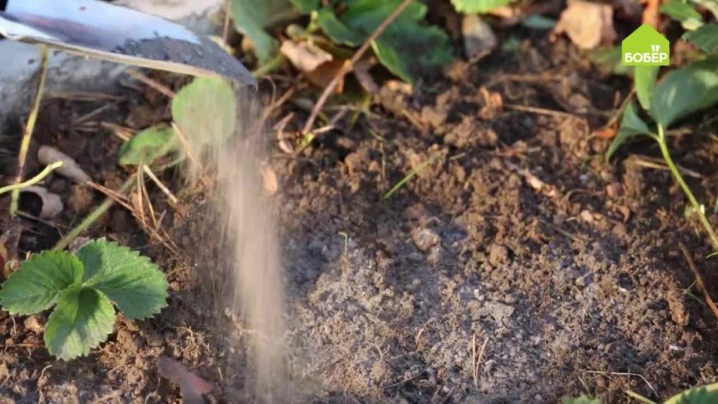
In the next video, you can learn more about the properties of wood ash and its use as fertilizer.













The comment was sent successfully.